The push-to-pass system in IndyCar is a technological innovation that enhances racing strategy and excitement. This feature allows drivers to temporarily increase engine power, providing a crucial advantage during overtaking. Understanding its mechanics and strategic use offers insight into its critical role in the sport.
The Mechanics of Push-to-Pass
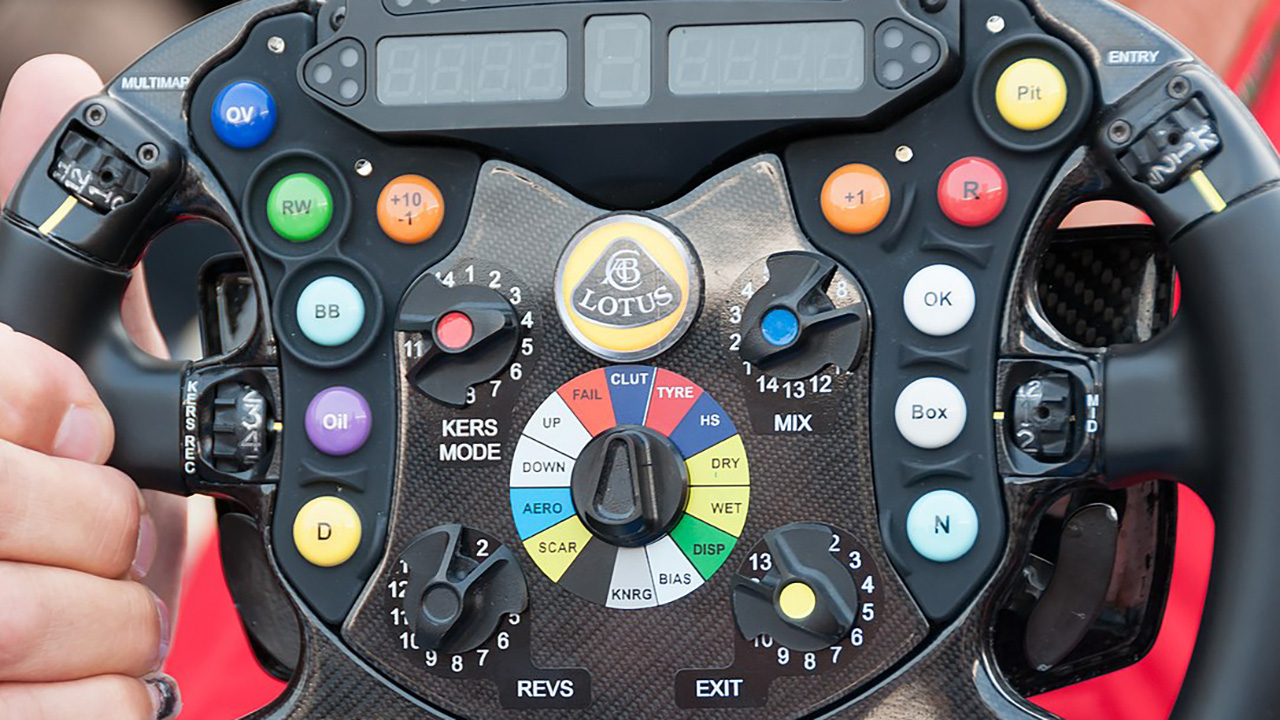
The push-to-pass system in IndyCar operates by allowing drivers to temporarily boost engine power at the press of a button. This is achieved by increasing the turbocharger’s boost pressure, which enhances the car’s horsepower, giving drivers an edge when needed. Typically, each car has a limited number of seconds of push-to-pass time available during a race, adding a layer of strategy as drivers decide when to deploy this advantage.
Looking ahead, the integration of push-to-pass with new hybrid systems is expected to revolutionize how this feature impacts the sport. The hybrid systems will not only provide an additional boost but will also enhance fuel efficiency, potentially changing the dynamics of push-to-pass usage. This integration is likely to make races even more unpredictable and exciting for both drivers and fans.
Despite its advantages, there are technical limitations and regulations surrounding push-to-pass. For instance, its usage is restricted to specific sections of the track, and the total time available is capped per race. These regulations ensure that the system’s use remains strategic rather than dominant, preserving the competitive nature of the sport.
Strategic Use in Racing
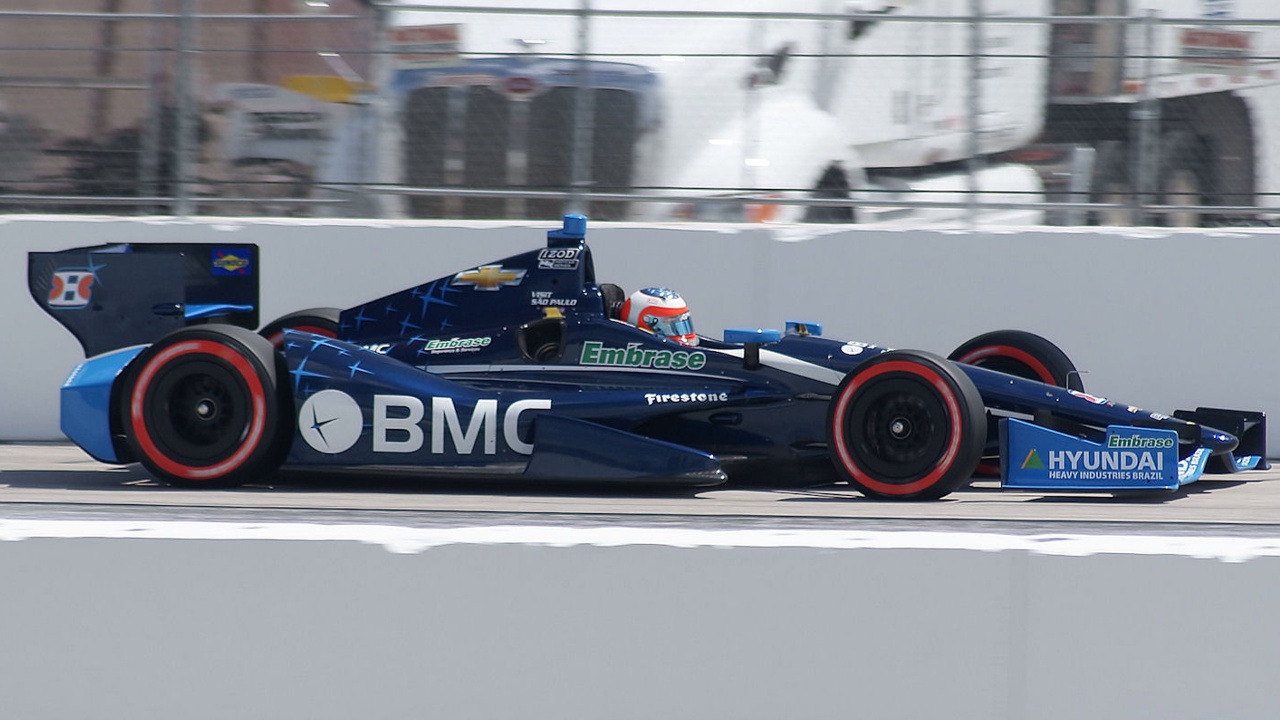
Drivers strategically use push-to-pass primarily for overtaking opponents. By deploying the system on straights or during critical moments like exiting corners, drivers can achieve higher speeds, making it easier to pass competitors. The element of surprise, combined with the enhanced power, allows for thrilling overtakes that can be the difference between winning and losing.
However, push-to-pass is not only an offensive tool. Drivers can also use it defensively to maintain their position. For example, if a competitor is attempting to overtake, a well-timed activation of push-to-pass can help a driver fend off the challenge by matching or exceeding the opponent’s speed. This dual capability makes the system a versatile asset in a racer’s arsenal.
Teams and drivers must weigh several tactical considerations when deciding how and when to use push-to-pass. Factors such as the track layout, tire condition, and the remaining race distance all play into this decision-making process. A well-planned strategy can maximize the system’s benefits, while poor timing can lead to wasted opportunities or even jeopardize a driver’s race position.
Impact on Race Dynamics
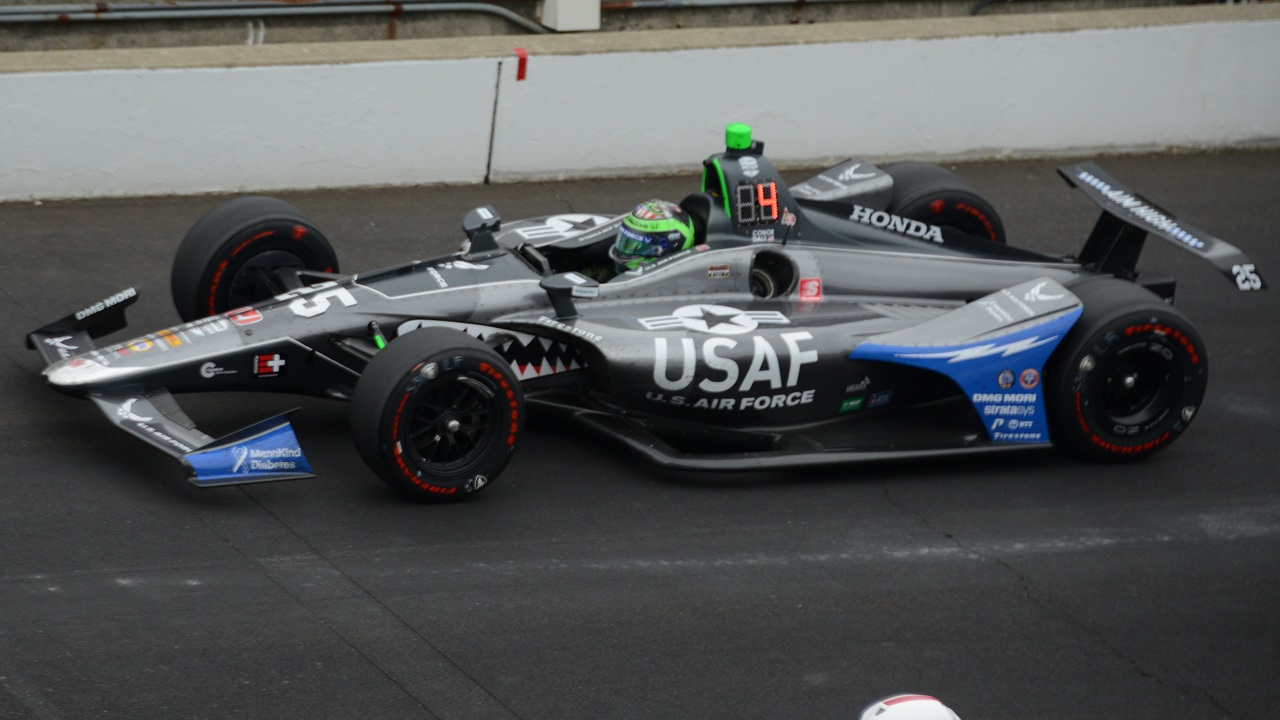
Push-to-pass has the potential to significantly alter race outcomes. There have been numerous instances where a well-timed push-to-pass activation has led to a decisive overtake, ultimately impacting the podium standings. This system adds an extra layer of strategy that can change the course of a race, making it a critical component of modern IndyCar racing.
For fans, push-to-pass enhances the excitement and engagement with the sport. The uncertainty of when and how drivers will use their limited boost time keeps viewers on the edge of their seats. The system’s ability to create unexpected changes in race order adds to the thrill and unpredictability that fans love.
Insights from drivers reveal that push-to-pass has transformed the competitive landscape. Many drivers view it as a necessary tool for both attacking and defending. According to IndyCar participants, mastering the tactical use of push-to-pass can be as crucial as driving skill itself, emphasizing its importance in contemporary racing strategy.
Comparisons to Other Racing Series
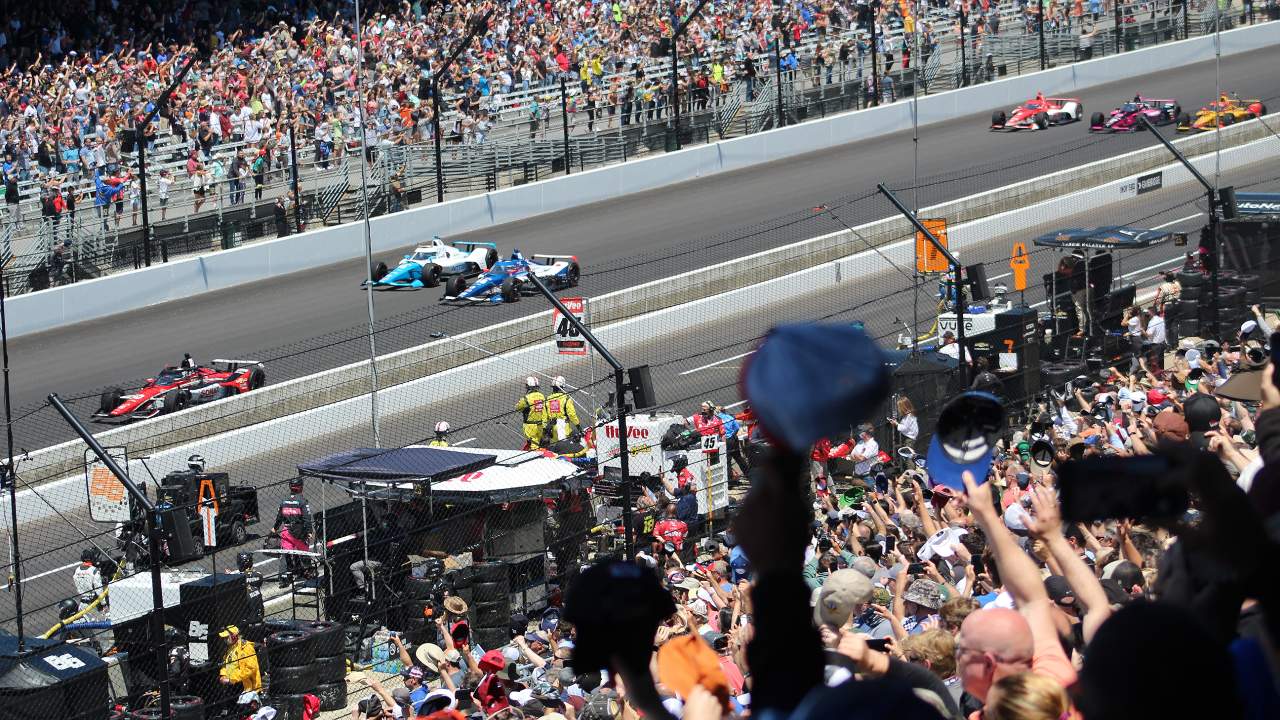
The push-to-pass system in IndyCar is often compared to Formula 1’s Drag Reduction System (DRS). While both systems aim to facilitate overtaking, they operate differently. DRS works by reducing aerodynamic drag, whereas push-to-pass increases engine power. This fundamental difference means that each system requires unique strategic thinking, impacting race strategies in distinctive ways.
Similar systems to push-to-pass are also found in other motorsports, such as the push-to-pass used in the World Endurance Championship. However, the implementation and regulations can vary significantly between series. The adaptability of the IndyCar system sets it apart, providing a blend of power and strategy that is tailored to the series’ unique demands.
Over time, the push-to-pass system has evolved, influencing motorsport innovations. The continuous development of this technology, alongside other racing advancements, highlights the dynamic nature of the sport. These innovations not only enhance performance but also contribute to the overall progression of motorsport technology.
Future Prospects and Developments
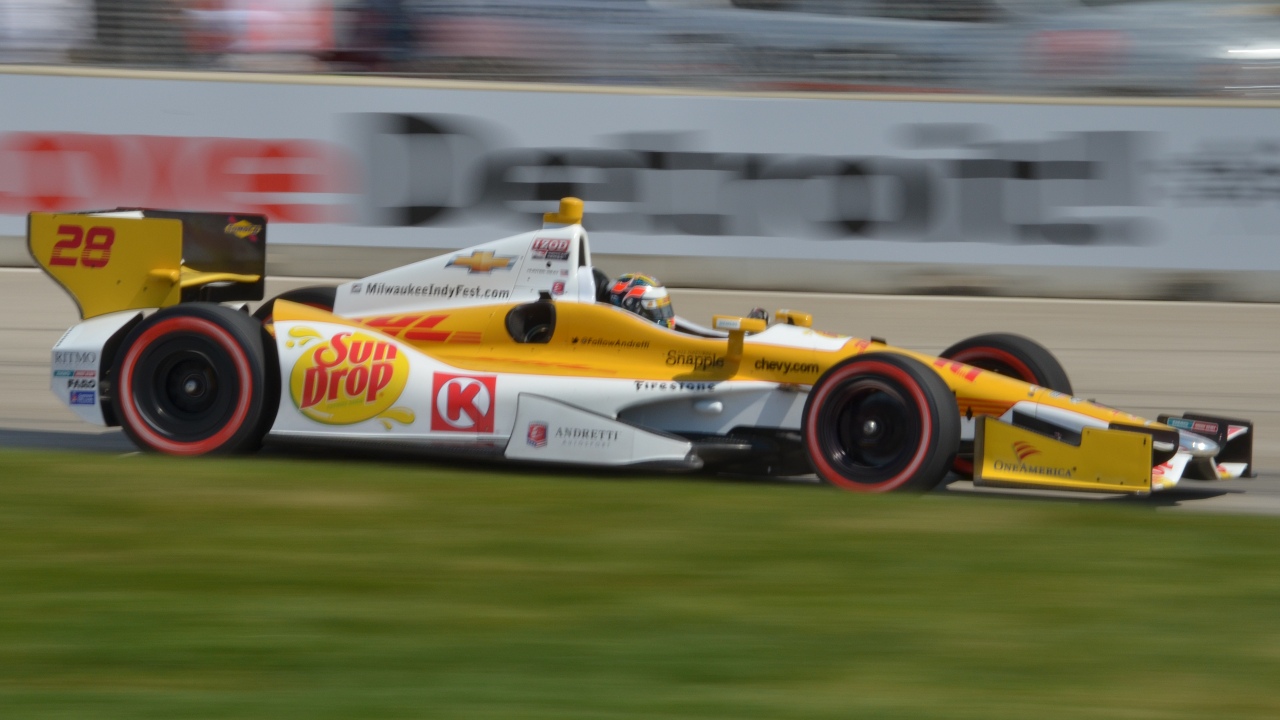
Looking to the future, potential technological advancements could further enhance or even replace the current push-to-pass system. Developments in hybrid and electric technologies are likely to play a significant role in shaping the next generation of racing innovations. These advancements could lead to more sustainable and efficient ways to boost engine power, aligning with the sport’s evolving needs.
Regulatory changes may also impact the use and effectiveness of push-to-pass. As the sport continues to adapt to new technologies, governing bodies might adjust rules to ensure fair competition and safety. These changes could influence how teams and drivers strategize around the system, maintaining its role as a key element in race strategy.
The integration of hybrid systems with push-to-pass could also have implications for the sport’s sustainability. By reducing fuel consumption and emissions, the sport can move towards a more environmentally friendly future. According to IndyCar experts, this shift not only benefits the environment but also aligns with broader trends in automotive technology, ensuring the sport remains relevant and progressive.
Like Fast Lane Only’s content? Be sure to follow us.
Here’s more from us:
*Created with AI assistance and editor review.

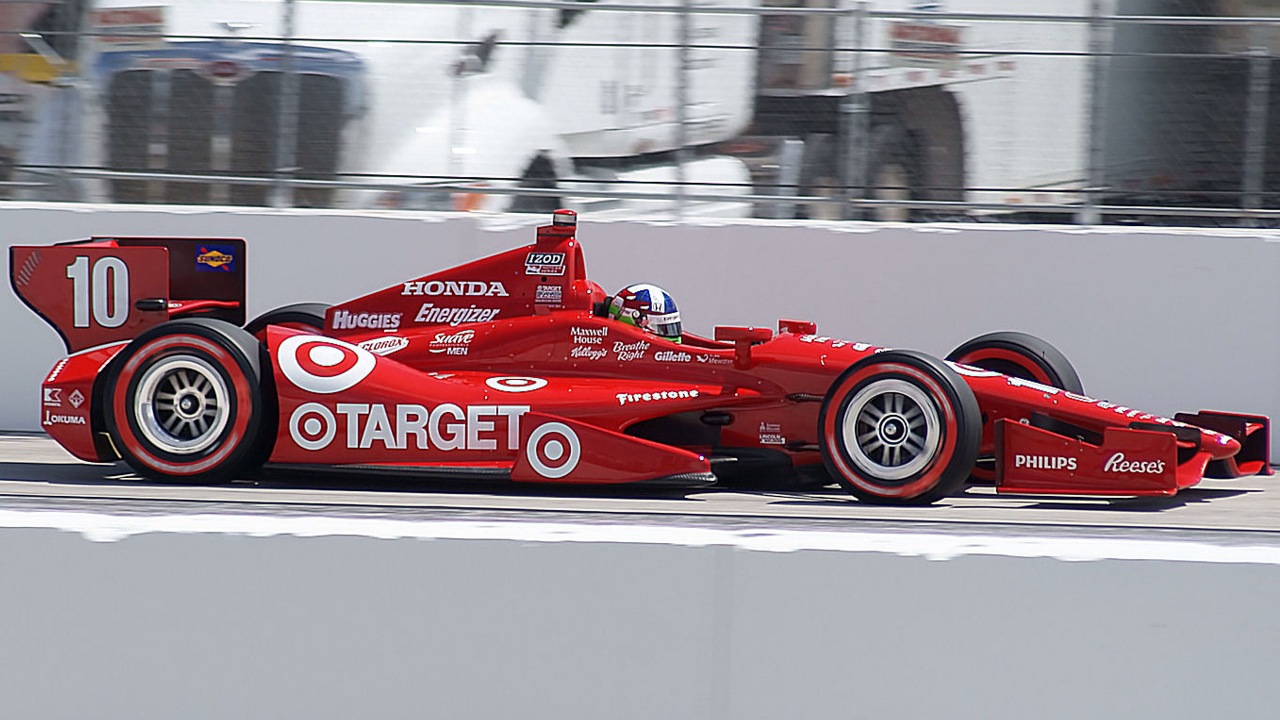





Leave a Reply